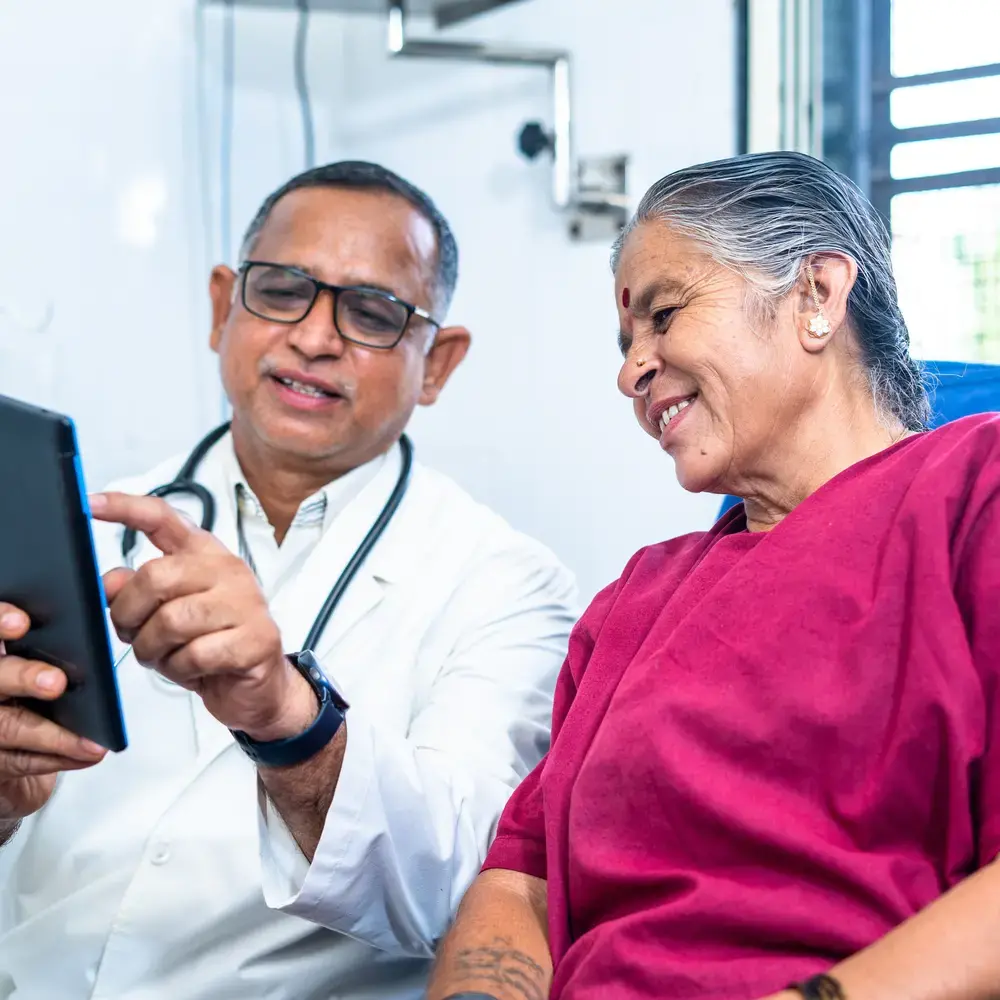Hearing the Patient Voice Through Technology and eCOA

The intrinsic value of the patient’s voice has been heard. Over the past few years, Notifying Bodies have been ‘vocal’ on their desire for Studies to be more patient centric and diverse.
Clinical Outcomes Assessments (COAs), a scientific instrument/measure whose primary function is to gather a participating Patient’s experience subjectively as opposed to the biometric data gathered at site visits etc. COAs inform sponsors and primary investigators of the efficacy and safety of the study drug. Notifying Bodies are increasingly concerned about the patient’s voice in studies and are at the center of that discussion.
The proliferation of electronic clinical outcomes assessments (eCOAs) as a tool in Primary Endpoint Studies has been instrumental in centering patient feedback. According to Deloitte, members of 70% of patient groups in ongoing trials are leveraging one or more apps to monitor their condition and report results. The benefits of leveraging an electronic modality to gather patient data are well documented. Futhermore. the data overwhelmingly supports the use of electronic patient-reported outcomes (PRO) over paper ones.
Technology Amplifies the Patient Voice
Electronically collecting patient data has been most successful in assessment completion and medication adherence at gathering accurate data, removing ambiguous patient response and encouraging compliance. It has also given the patients a sense of ownership and control over their involvement in the study. Making the patient a stakeholder increases their emotional commitment, allowing them to be heard. In a comparative study of two separate trials one using paper based and the other electronic data collection, eCOAs were found to produce greater patient engagement and more accurate data. Additionally, the real-time data captured electronically enabled trial leaders to identify concerns immediately, and between patient visits to the site, enabling a more seamless experience for both patients and researchers alike.
eCOAs enable patients to self-report on more information than they may be inclined to divulge with paper-based reporting. A study that assessed paper vs. electronic outcomes assessments among diabetes patients indicated that electronic monitoring may have influenced patient behaviours. Paper versions found information on blood glucose levels were captured, but under-reported. Electronic means eliminated room for these errors as all glucose readings were automatically shared to the corresponding COA device.
Similarly, patients with mental health disorders, such as bipolar disorder and major depressive disorder, were found to have been more willing to share critical updates on their condition, symptoms and side effects of treatment through electronic means when compared to a paper-based approach.
Improving Patients' Technology Experience and Reduce the Patient Burden
1. Simplify Technological Processes to Maintain Patient Engagement and Collect High Quality, Reliable, Accurate Data.
Presently, it is not unusual for partners to juggle multiple forms of technology while participating in a trial. Technology ranges from mobile apps, electronic consent forms to wearables. It can be overwhelming for first-time patients who may encounter challenges with acclimating to the device or platform, potentially hurting patient engagement and retention.
Therefore, researchers should determine how necessary it is to include each device and aim to mitigate complexities as much as possible. It is generally recommended that research teams consolidate technologies under one project team particularly in proxy reported outcomes cases, such as pediatrics, cognitive incapacity, etc. The goal is to centralize these training programs for staff such that they are able to provide effective guidance. This facilitates the use of multiple tools, without overwhelming patients.
2. Assess a Tool's Value For Delivering Study Results.
Despite the availability of multiple approved technologies, evaluating their efficacies can help to reduce the number of tools utilized and ensure that those selected collect essential data without adding to the patient burden.
The analysis should also include an evaluation of a patient's burden. If multiple platforms are required, are these compatible with devices available to a patient (in a bring your own device "BYOD" case), and/or how are they integrated in a single touchpoint? And can a patient leverage a single sign on (SSO) to access relevant calendar updates, documents, visit reminders etc in one location?
3. Leverage Familiar Technology and Language
Sponsors are encouraged to meet patients’ prescribed needs so that the patient voice is at the center of the study, with many already investing in health apps compatible with most smartphone devices. With 6.8B smartphone users worldwide, leveraging such familiar technologies provides a stepping stone for patients to begin engaging with relevant trial technologies.
Digital enablement begins with relevant training and support. As mentioned above, a centralized process with fewer moving parts can encourage patient compliance. Furthermore, providing support for additional onboarding technologies, such as patient reimbursement portals, wearable devices etc. can help mitigate the further risk of confusion or mishandling of the technologies. Finally, ensuring multilingual lines of support will bridge communication gaps where the patient may not speak the trial's source language.
Amplifying the patient voice by leveraging and appropriately applying technology can greatly enhance patient experiences while efficiently collecting essential data. The trial process can become more patient-centric, personalized, and efficient by incorporating patient-generated data and insights through digital platforms. This shift towards technology-enabled patient engagement helps ensure that patient perspectives and needs are considered while promoting more efficient data collection and analysis. As the use of technology in clinical trials continues to grow, it will be important for researchers and healthcare providers to prioritize patient-centred design and collaboration in order to maximize the potential benefits for patients.
If you’d like to learn more about driving patient engagement and involvement in eCOAs and technology connect with our team today to discover a solution that suits your organization!
